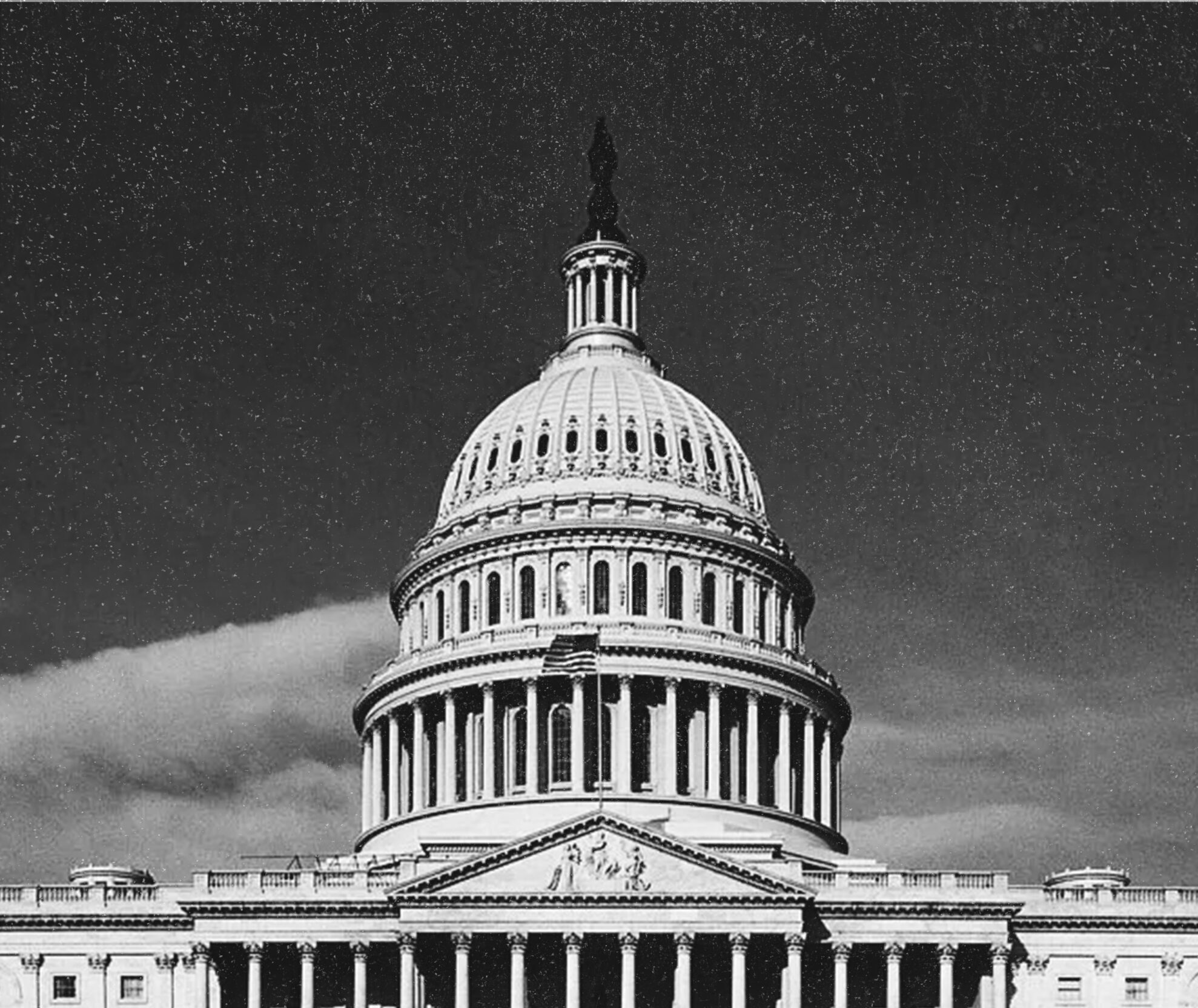
The Federal Reserve is tasked with ensuring the stability of the financial system in the United States. Following the failures of Silicon Valley Bank (SVB), Signature Bank, and Silvergate Bank in March, the Fed introduced a new facility called the Bank Term Funding Program (BTFP). The BTFP “offers loans of up to one year in length to banks, savings associations, credit unions, and other eligible depository institutions pledging US Treasuries, agency debt and mortgage-backed securities, and other qualifying assets as collateral. These assets will be valued at par.”
The BTFP is set to expire on March 11, 2024, but the Fed may choose to renew it. The BTFP functions similarly to the discount window, through which the Fed offers overnight loans to banks in need of liquidity at a premium rate of interest. To use the discount window, troubled banks must provide collateral valued at market prices (mark-to-market). If the bank fails, the Fed can recover the discount loan by selling the pledged collateral on the market. The discount window is safe for the Fed because of its collateral policy.
The BTFP charges a higher rate than the discount windows. Yet, the BTFP differs from the discount window in another important aspect. While the BTFP requires banks to offer collateral, it values the collateral at par, rather than on a mark-to-market basis. If the par value is greater than the mark-to-market value, the Fed may take a loss when a borrowing bank fails.
A bank may pledge, for example, a Treasury bond as collateral that has a par value of $100 but a market value of just $80. If the bank fails and the market value of the bond does not improve, the Fed will absorb a loss of $0.20 for every dollar it lent to the bank. In short, the Fed is now willing to take risky collateral to provide liquidity to banks.
BTFP helps banks that require emergency lending when the price of bonds has fallen. By valuing the collateral at par, the Fed can provide liquidity to numerous financial institutions despite the reduced value of their collateral. This is especially useful at present, since the Fed has moved the market to a higher interest-rate scenario, which has negatively affected the price of bonds. But the new facility subjects the Fed to additional risk.
Is the new facility worth the risk? The Fed says it created BTFP to “support American businesses and households.” But those businesses and households will ultimately be on the hook if the Fed’s risk-taking turns out to be too much.




